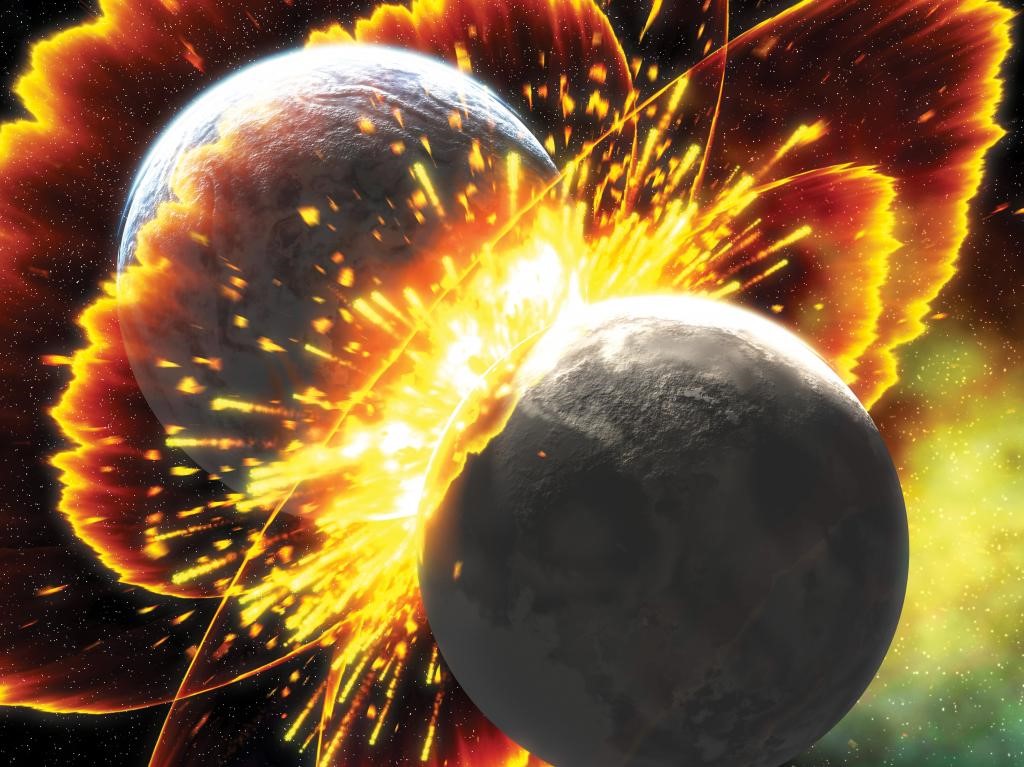Free Courses Sale ends Soon, Get It Now


Free Courses Sale ends Soon, Get It Now



Disclaimer: Copyright infringement not intended.
Context
Details
Observations and Interpretation
Confirmation and Explanation
Debris and Impact Effects
Implications for Research
|
PRACTICE QUESTION Q. Discuss the various theories of planetary formation and their implications in understanding the evolution of planetary systems. Illustrate with examples from our solar system and other astronomical observations. (150 Words) |
© 2024 iasgyan. All right reserved